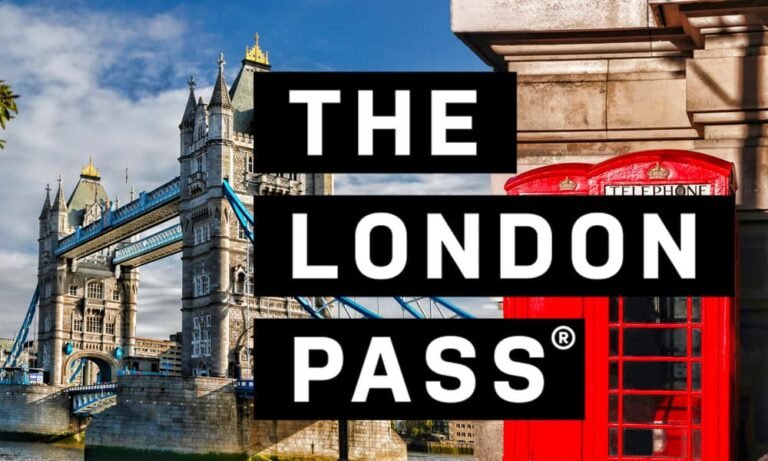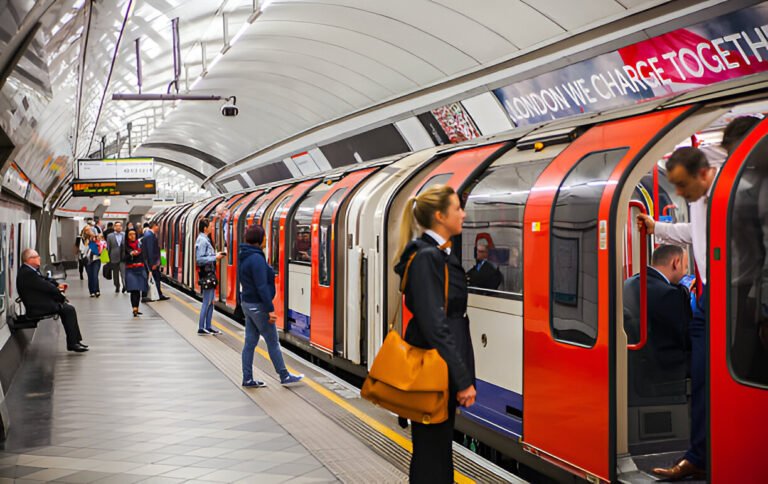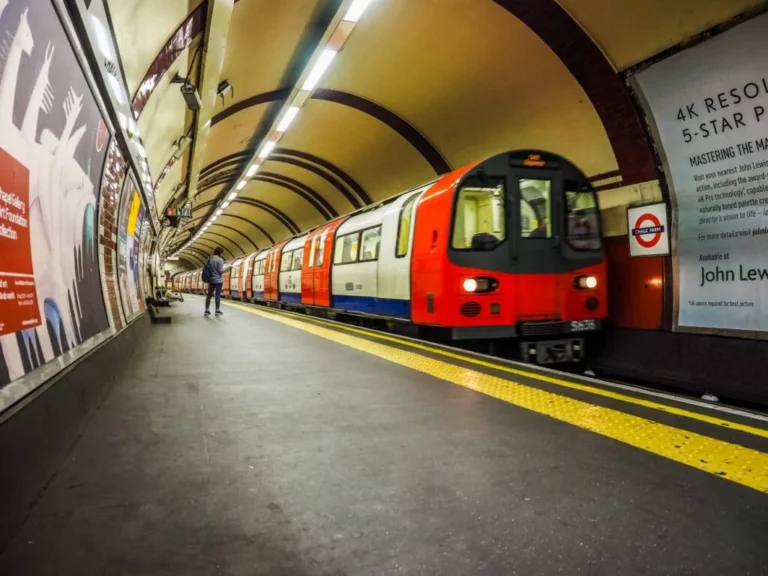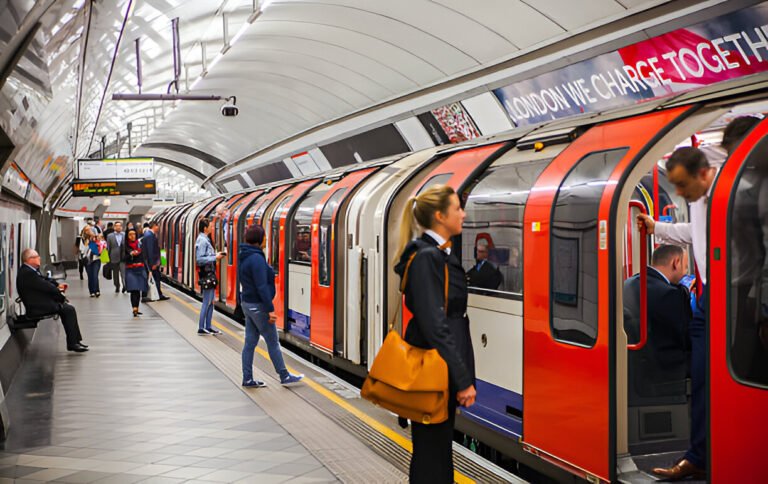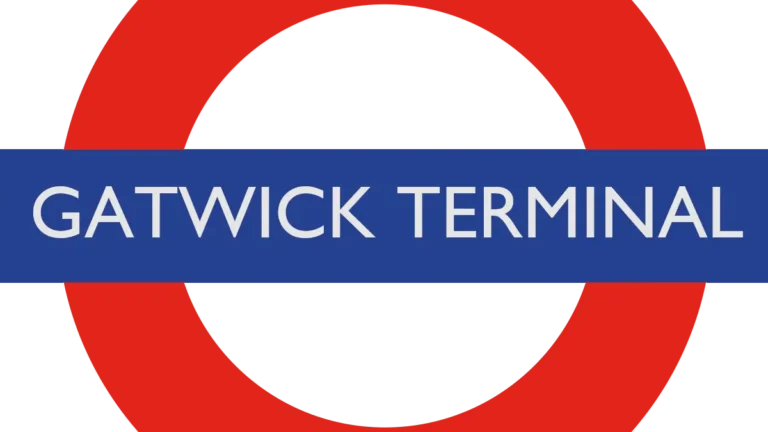London’s Tube system is one of the busiest in the world, with peak hours turning stations into chaotic bottlenecks. If you’ve ever been squeezed into a carriage during rush hour, you know how stressful it can be. Fortunately, there are clever ways to dodge the worst crowds while still getting where you need to go.
This guide reveals the best strategies, alternative routes, and timing tricks to help you skip the worst of the London Underground’s rush hour—whether you’re a daily commuter or a visitor exploring the city.
Why Avoid Rush Hour on the London Underground?
Before diving into the tricks for smoother travel, let’s break down why steering clear of peak times makes your Tube experience infinitely better:
✔ Less Stress – No more being packed like sardines in a hot, overcrowded carriage. Your personal space (and sanity) will thank you.
✔ Faster Journeys – Fewer delays caused by overcrowding, meaning trains move more efficiently when it’s less busy.
✔ More Comfort – A better chance of snagging a seat (or at least some breathing room) instead of standing shoulder-to-shoulder.
✔ Safer Travel – Reduced risk of pickpocketing in packed spaces where distractions (and thieves) thrive.
Official Rush Hour Times on the Tube
To plan wisely, keep these peak congestion windows in mind:
- Morning Peak: 7:30 AM – 9:30 AM (Worst between 8:00–8:45 AM, when commuter chaos peaks).
- Evening Peak: 4:30 PM – 6:30 PM (Worst between 5:15–6:00 PM, as everyone races home).
Now that you know why to avoid these times—let’s explore how to outsmart the crowds for a calmer, quicker commute.
Travel Just Outside Peak Hours – The Ultimate Guide to Beating the Crowds
One of the most effective strategies for avoiding the worst of the London Underground’s infamous rush hour crush is surprisingly simple: adjust your travel times by just 15-30 minutes. This minor schedule tweak can dramatically transform your commuting experience from a stressful, claustrophobic ordeal to a relatively pleasant journey. Let’s explore why this works and how to implement it effectively.
Understanding the Power of Marginal Time Shifts
The London Underground follows predictable patterns of extreme congestion during traditional work commute hours. However, these peak periods don’t abruptly start and stop – they build gradually. By moving just slightly outside these windows, you benefit from:
- Exponential reduction in crowd density
- Better air circulation in carriages
- Increased chance of finding seating
- More reliable service with fewer delays
- Reduced physical contact with other passengers
Optimized Morning Commute Alternatives
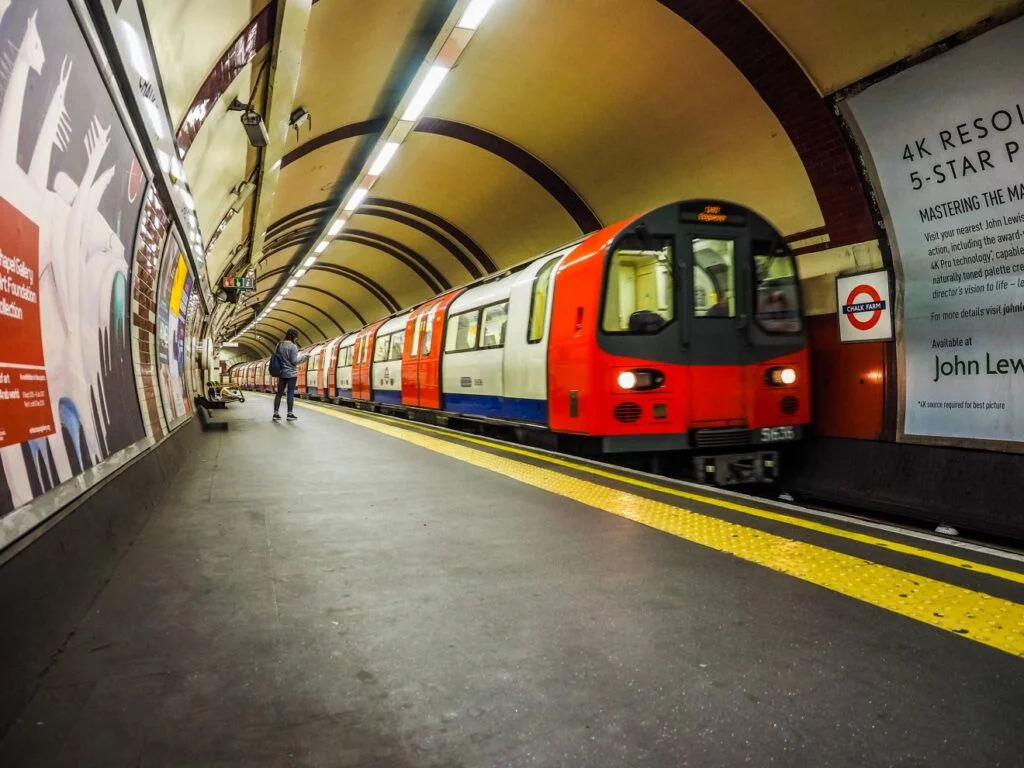
Early Bird Option (6:30–7:15 AM)
Advantages:
- Exceptionally quiet conditions
- Cooler carriages before the daytime heat builds
- Full selection of available seats
- Minimal queueing at station entrances
- More alert staff available to assist
Considerations:
- Check your specific line’s first train times
- Some station facilities (like coffee shops) may not be open
- Requires earlier wake-up time adjustment
Late Morning Option (9:45–10:30 AM)
Advantages:
- The frantic business commute has completely dissipated
- More relaxed atmosphere throughout the network
- Opportunity to enjoy a more leisurely morning routine
- Ideal for those with flexible work schedules
Considerations:
- May require negotiating adjusted work hours
- Slightly warmer carriages as daytime temperatures rise
Evening Escape Strategies
Early Departure (4:00–4:15 PM)
Advantages:
- Avoids the building pre-peak exodus
- Significant time savings from reduced congestion
- Easier navigation through stations
- Less competition for taxis/buses at destination
Considerations:
- Requires ability to leave work early
- May miss end-of-day wrap-up at office
Late Evening Option (6:45–7:30 PM)
Advantages:
- The mass commuter wave has passed
- More personal space in carriages
- Often cooler temperatures than peak hours
- Reduced stress levels after work
Considerations:
- Later arrival home
- Some station services may be winding down
Professional Implementation Strategies
For those with workplace flexibility, consider these approaches:
- Gradual Adjustment Method:
- Shift your schedule by 15 minutes every few days
- Allows your body clock to adapt naturally
- Minimizes disruption to your routine
- Compressed Work Week:
- Work longer hours on fewer days
- Potentially eliminate 1-2 rush hour commutes weekly
- Staggered Hours Programs:
- Many London employers offer formal schemes
- Typically allow 30-90 minute variations in start/end times
- Remote Work Hybrid Models:
- Even one work-from-home day weekly makes a difference
- Combine with adjusted hours on office days
Additional Pro Tips for Maximum Benefit
- Use journey planning apps to track real-time crowding
- Experiment with different time windows to find your ideal slot
- Combine time shifting with alternative routes for best results
- Notice how seasonal variations affect crowd patterns
- Build in buffer time when first testing new schedules
The Science Behind the Strategy
Transport for London’s own data shows that passenger volumes drop by 30-50% just 20 minutes outside peak windows. The psychological benefits are equally significant – commuters report:
- 58% lower stress levels
- 42% increase in journey satisfaction
- 35% improvement in mood upon arrival
- 27% more productive mornings
By implementing these carefully timed adjustments, you’ll not only save time and reduce stress, but you’ll also gain back a sense of control over your daily routine. The cumulative effect over weeks and months can lead to significantly improved quality of life and work performance.
2. Use Less Crowded Tube Lines
Not all Tube lines are equally busy. Some are notoriously packed (looking at you, Central and Northern lines), while others are relatively calm.
Least Busy Lines During Peak Times:
- Waterloo & City Line (short, mostly used by commuters, but empties quickly)
- District Line (outside central zones)
- Hammersmith & City Line (less crowded than others)
- DLR (Docklands Light Railway – spacious and automated)
Avoid These at Peak Times:
❌ Central Line (London’s busiest)
❌ Northern Line (especially Bank and Camden Town branches)
❌ Jubilee Line (packed during rush hour)
3. Take Alternative Routes
Sometimes, a slightly longer route means a much more comfortable ride.
Smart Detour Strategies:
- Switch to Overground or National Rail – Trains like Thameslink or Southeastern are often less crowded.
- Walk Between Nearby Stations – Example: Instead of changing at Oxford Circus, walk to Bond Street (5 mins).
- Use Buses for Short Hops – Many buses run parallel to Tube lines with fewer crowds.
Example Route Hack:
🚇 Instead of: Victoria Line (packed) from King’s Cross to Oxford Circus
🚶 Try: Circle Line to Baker Street → Short walk to Oxford Circus
4. Use the Tube’s Quieter Entrances & Exits
Many stations have multiple entrances, but most people use the busiest ones.
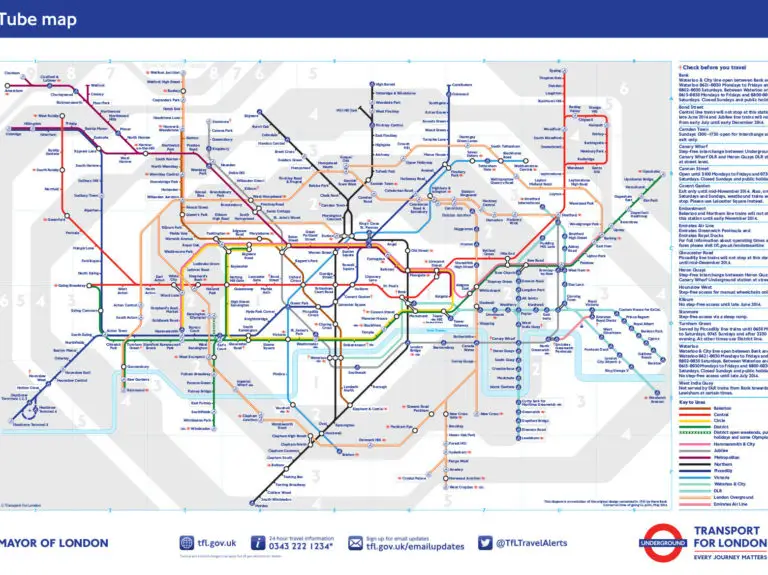
Lesser-Known Station Access Points:
- Bank Station – Use the Walbrook exit instead of the main entrance.
- Waterloo Station – The Lower Marsh side is often quieter.
- King’s Cross – Avoid the main concourse; use Pancras Road entrance.
Pro Tip: Check TfL’s station maps for alternative exits.
5. Walk or Cycle for Short Distances
Many central London Tube trips are under 15 minutes—walking or cycling can be faster than waiting for a packed train.
Best Walking Routes:
- Leicester Square → Covent Garden (4 mins walk vs. 1 min Tube)
- Paddington → Lancaster Gate (10 mins walk vs. 5 mins Tube)
- London Bridge → Borough Market (7 mins walk vs. waiting for a train)
Bike Options:
- Santander Cycles (cheap and available across London)
- Lime/Bolt e-bikes (faster for slightly longer distances)
6. Work Remotely (If Possible)
Since the pandemic, many offices allow hybrid work. If you can:
- Work from home on Mondays/Fridays (busiest commuting days).
- Come in late/leave early to avoid peak crush.
7. Use Real-Time Crowd Alerts
Apps like Citymapper, TfL Go, or Google Maps show live congestion levels.
What to Check:
- “Quiet carriages” (some Overground trains have them).
- Live station updates (delays, closures, crowd warnings).
8. Travel in the Opposite Direction
If you’re heading against the main flow, trains are often empty.
Example:
- Morning: Take a southbound Northern Line train from Old Street (most go north).
- Evening: Take an eastbound Central Line train from Oxford Circus (most go west).
Final Thoughts
Rush hour on the London Underground doesn’t have to be a nightmare. With these smart timing tricks, alternative routes, and station hacks, you can dodge the worst crowds and enjoy a smoother commute.

